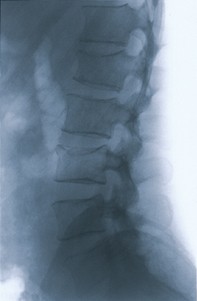Peer Reviewed
Feature Article Endocrinology and metabolism
Checking for osteoporosis
Abstract
Osteoporosis should be sought actively in men and women with certain medical conditions and others with established risk factors for fracture. The predictive value of bone mineral density measurements in fracture is superior to that of LDL cholesterol in myocardial infarction, making the case for case finding at least as strong as that for hypertension.
Key Points
- Osteoporosis should be sought actively in men and women with certain medical conditions and other groups with established risk factors for fracture.
- The predictive value of BMD in terms of fracture is superior to that of LDL cholesterol in terms of myocardial infarction.
- Bone mass declines by approximately 15% in the first five years after the menopause. The decline follows the ‘5-4-3-2-1 rule’: that is, losses of 5% occur in the first year, 4% in the second, 3% in the third, 2% in the fourth and 1% in the fifth.
- Bone quality and the risk of fracture can be assessed by the transmission of electromagnetic radiation or ultrasound. Dual energy x-ray absorptiometry is currently the accepted method of assessment.
- HRT is effective treatment for the ill effects associated with hypogonadism (including osteoporosis) for hypogonadal postmenopausal women and hypogonadal men.
- Alendronate, etidronate and raloxifene are available for women; etidronate is available for men. Calcitriol and bisphosphonates are available for both men and women with osteoporosis and fracture with minimal trauma.
Purchase the PDF version of this article
Already a subscriber? Login here.

